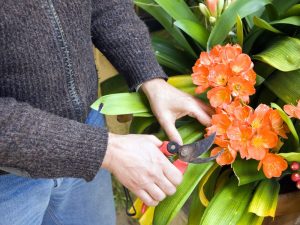You want to eat more organic food, but going organic is expensive: one look at the grocery store receipt can make you think twice. The good news is, that doesn’t have to stop you from eating healthier.
You can grow your own delicious, fresh organic produce – and
have fun doing it, too!
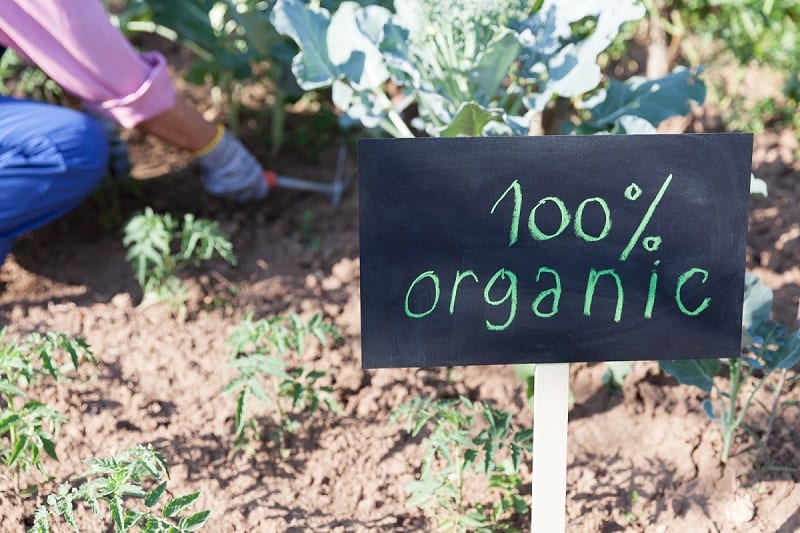
Organic Gardening 101: Start with the Basics
Contents
The idea might sound a bit daunting for people who don’t consider themselves green thumbs. But you can grow an organic garden with surprisingly little effort. The trick is to start small – a few plants will do for an initial foray.
Here are a few basic pointers to get you started.
Get the right tools.
The first step is to gather the right equipment. Be warned, it’s easy to go overboard when purchasing gardening tools. They can occupy a lot of space and cost you a lot of money, so stay focused on the basics for now.
You’ll need the following:
- Pruning shears
- A set of trowels
- Soil test kit
- Compost bin
- Garden gloves
- Watering can
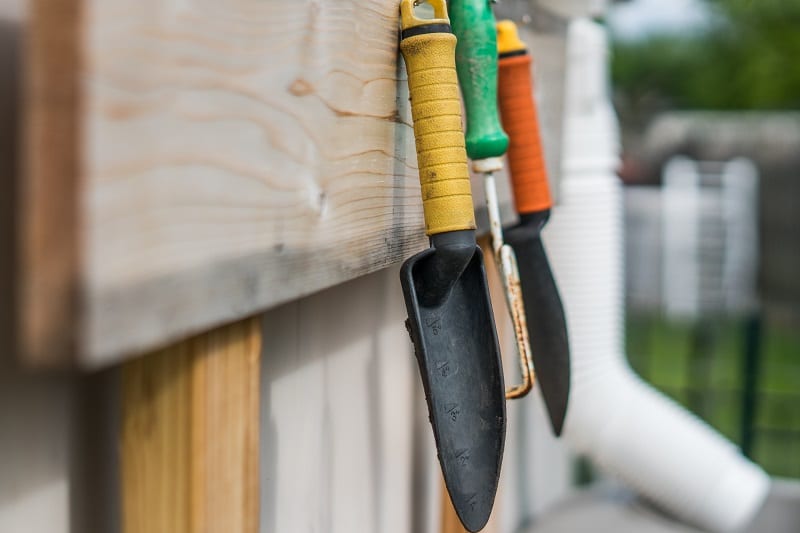
Prepare the soil.
You’ll need to make sure the soil you’ll be working with is properly conditioned. The best way to gauge the quality of soil is to get it tested. You can use a home testing kit; or better yet, send a sample to your local agricultural extension office.
For a small fee, you’ll get a complete tally of pH and nutrient levels, as well as treatment recommendations. Be sure to inform your local extension worker that you’re growing organic produce.
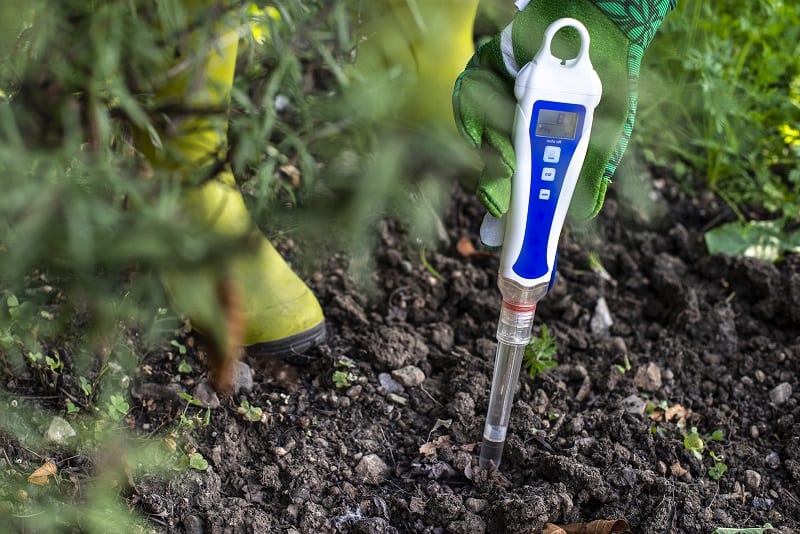
Make your own compost.
The best compost contains the correct ratio of nitrogen- and carbon-rich organic waste, soil, water, and air. Even a minimally tended compost pile will yield decent results.
Here’s how to make compost:
- Measure out a space of at least three feet square in a corner of your garden. Your compost heap can be a simple pile; or, if you prefer, you can also use a custom pen or bin.
- Heap alternating layers of carbon material (leaves and garden trimmings) and nitrogen (kitchen scraps and manure) to your pile. Always arrange a thin layer of soil in between.
- Top off the pile with four to six inches of soil. Turn the pile as you add new layers and water to keep it moist.
- You should get good compost in as little as two months. You may have to wait a bit longer or longer if it’s cold.
A properly maintained compost pile shouldn’t smell. If it does, add more dry leaves, sawdust, or straw to the pile and turn it more frequently.
Spread the compost around plants or mix it with your potting soil. It’s almost impossible to apply too much!
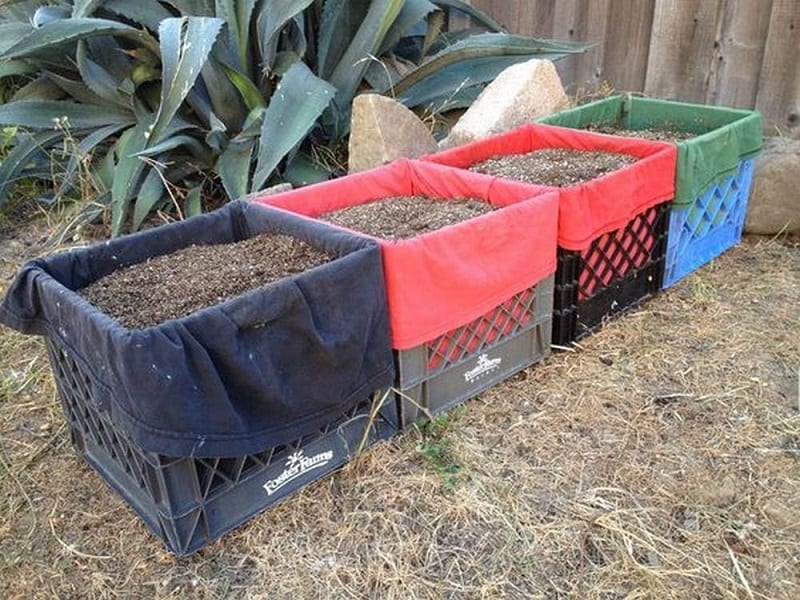
Grow your garden.
Select plants that thrive in the micro-conditions of your area. Some of the most popular choices include tomatoes, snow peas, zucchini, squash, sugar snaps, and Swiss chard. If you’re buying seedlings, look for plants raised without chemical fertilizers and pesticides.

Array your plants along beds. Grouping your plants reduces water waste and the need for weeding. Ensure ample space between rows to promote air circulation, which repels fungal attacks. Raised beds work great, too!
Be sure you have enough space to walk and work comfortably between plots. Gardening requires some work. You’ll need the elbow room.
Remember, too, that seedlings won’t always stay small. You do not want to limit their growth by overshadowing. You should thin your crops based on nursery suggestions.
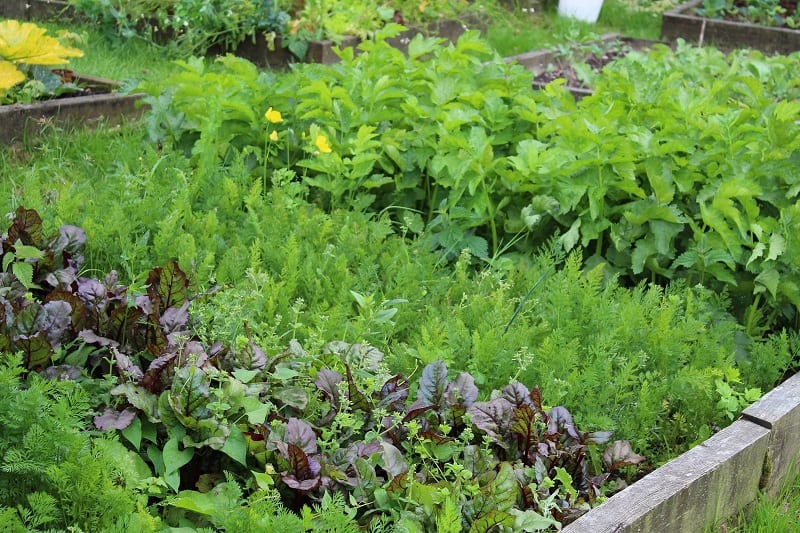
Water intelligently.
Mornings are the best time to water plants. Mornings tend to be cool and less windy, so you lose less water to evaporation.
If you water in the evening, your plants stay damp overnight. This makes them vulnerable to fungal and bacterial diseases. Most experts recommend substantial, occasional watering for established plants, typically about one inch of water per week – including rain.
One or two applications a week encourages deeper rooting, which promotes stronger plants. To avoid shocking tender young plants and greenery, use water near air temperature. Ideally, most of the water should go to plant roots, not foliage, which is easily damaged.
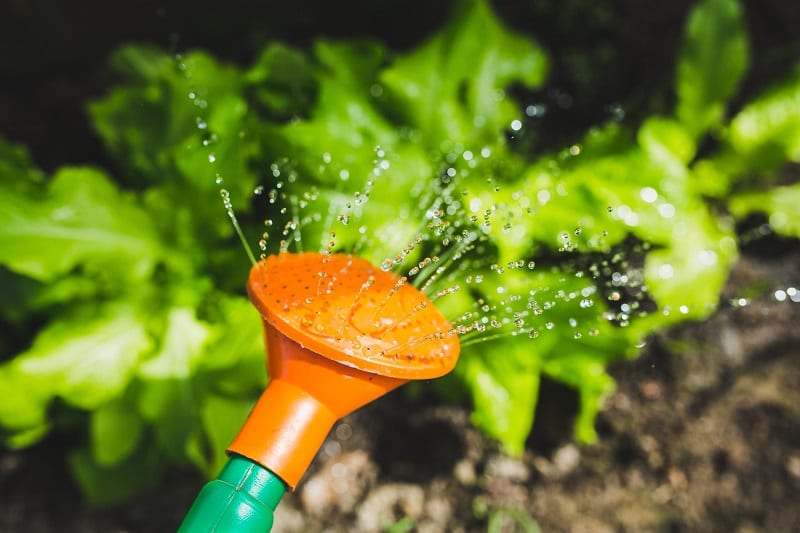
Good gardening practices discourage pests and weeds.
You’ll get weeds no matter where you live. Pulling them out by hand may sound like hard work – and it can be – but it is also good exercise.
You can further reduce weed growth by applying mulch, which likewise helps protect the soil. Organic mulch and burlap are excellent for stifling weed growth.
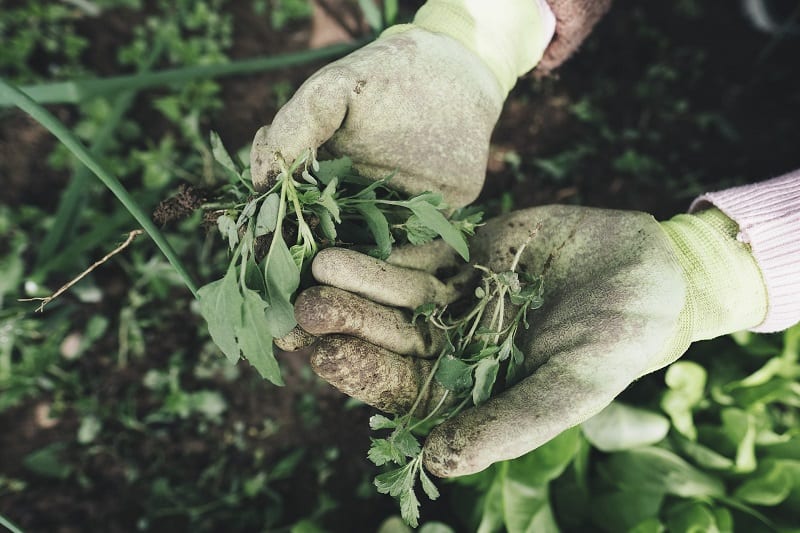
Make sure plants are getting enough light, nutrients, and moisture to discourage pest infestations. Encourage natural predators in your garden. Frogs, toads, lizards, birds, and even bats will help you fight pests.
Beneficial insects can be your best friends, especially ladybugs. Leave a small source of water out to attract friendly predators. You can also grow plants that produce small blossoms, such as sweet alyssum and dill, which attract predatory insects.
Nets and row covers can also work. If need be, you can likewise
deploy horticultural oils, insecticidal soaps, garlic, or hot pepper sprays.

Organic gardening is good for everybody.
Organic gardening is responsible gardening. Growing a garden according to organic methods is better for you, your neighbors, and the environment. Organic gardens also produce the most nutritious food.
The absence of synthetic chemical fertilizers, pesticides, and fungicides makes your garden a safe place for wildlife and children. Did you know that some of the most commonly used, non-organic lawn and garden chemicals are linked to cancer, autism, and other health issues?



